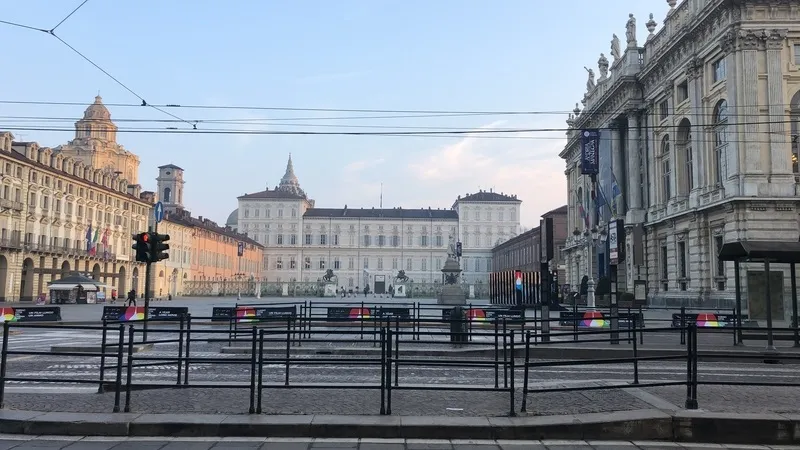A new report from leading traffic information and driver services provider Inrix shows traffic congestion in Europe rose in 2013 for the first time in two years. According to the 2013 annual Inrix Traffic Scorecard, traffic congestion across Europe increased approximately six per cent in the last three quarters of the year.
The amount of time British drivers spent in traffic throughout the year has risen slightly, from 29 hours in 2012 to 30 hours in 2013. This puts the UK in sixth place in Europe, behi
March 4, 2014
Read time: 2 mins
A new report from leading traffic information and driver services provider 163 Inrix shows traffic congestion in Europe rose in 2013 for the first time in two years. According to the 2013 annual Inrix Traffic Scorecard, traffic congestion across Europe increased approximately six per cent in the last three quarters of the year.
The amount of time British drivers spent in traffic throughout the year has risen slightly, from 29 hours in 2012 to 30 hours in 2013. This puts the UK in sixth place in Europe, behind Belgium, the Netherlands, Germany, France and Luxembourg respectively. Drivers in Belgium spent almost twice as long in traffic (58 hours) as British drivers in 2013. The most congested European city is Brussels, where drivers spent 83 hours in traffic last year.
Inrix analysed data from 13 European countries and the congestion landscape generally aligned closely with each country’s economic outlook. Those nations struggling with high unemployment and low or negative growth in 2013 typically recorded lower traffic congestion than in 2012. Spain and Portugal are both examples of this trend: in 2013 Spain’s economy contracted by 1.2 per cent and Portugal experienced record unemployment.
The data shows a marked difference from 2012 where all of the European countries saw decreases in congestion. In 2013, five nations recorded increases in congestion according to the Inrix index: the UK, Ireland, Switzerland, Luxembourg and Italy. The Swiss and British economies both grew by 1.9 per cent in 2013. Although full-year figures have not been released for Ireland and Luxembourg, estimates show that Ireland is expected to grow by 1.3 per cent and Luxembourg by 1.9 per cent in 2013. The general trend is that the countries showing increased congestion have a positive economic outlook, while those economies still struggling are experiencing less congested roads.
“So goes traffic, so goes the economy,” said Bryan Mistele, president and CEO, Inrix. “While bad news for drivers, increases in traffic congestion in Europe are signs of a slowly recovering economy.”
The amount of time British drivers spent in traffic throughout the year has risen slightly, from 29 hours in 2012 to 30 hours in 2013. This puts the UK in sixth place in Europe, behind Belgium, the Netherlands, Germany, France and Luxembourg respectively. Drivers in Belgium spent almost twice as long in traffic (58 hours) as British drivers in 2013. The most congested European city is Brussels, where drivers spent 83 hours in traffic last year.
Inrix analysed data from 13 European countries and the congestion landscape generally aligned closely with each country’s economic outlook. Those nations struggling with high unemployment and low or negative growth in 2013 typically recorded lower traffic congestion than in 2012. Spain and Portugal are both examples of this trend: in 2013 Spain’s economy contracted by 1.2 per cent and Portugal experienced record unemployment.
The data shows a marked difference from 2012 where all of the European countries saw decreases in congestion. In 2013, five nations recorded increases in congestion according to the Inrix index: the UK, Ireland, Switzerland, Luxembourg and Italy. The Swiss and British economies both grew by 1.9 per cent in 2013. Although full-year figures have not been released for Ireland and Luxembourg, estimates show that Ireland is expected to grow by 1.3 per cent and Luxembourg by 1.9 per cent in 2013. The general trend is that the countries showing increased congestion have a positive economic outlook, while those economies still struggling are experiencing less congested roads.
“So goes traffic, so goes the economy,” said Bryan Mistele, president and CEO, Inrix. “While bad news for drivers, increases in traffic congestion in Europe are signs of a slowly recovering economy.”










